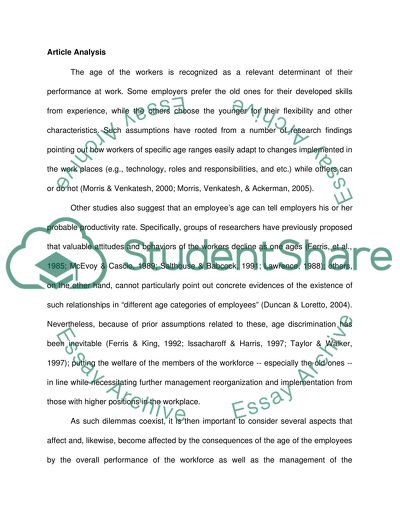Cite this document
(“Impact of age diversity Essay Example | Topics and Well Written Essays - 1750 words”, n.d.)
Retrieved from https://studentshare.org/environmental-studies/1405314-impact-of-age-diversity
Retrieved from https://studentshare.org/environmental-studies/1405314-impact-of-age-diversity
(Impact of Age Diversity Essay Example | Topics and Well Written Essays - 1750 Words)
https://studentshare.org/environmental-studies/1405314-impact-of-age-diversity.
https://studentshare.org/environmental-studies/1405314-impact-of-age-diversity.
“Impact of Age Diversity Essay Example | Topics and Well Written Essays - 1750 Words”, n.d. https://studentshare.org/environmental-studies/1405314-impact-of-age-diversity.


